A versatile, open textured golden tin loaf recipe. This is a staple base recipe for budding and seasoned sourdough bakers alike.
Makes 1 large loaf
- 500g organic stoneground wholegrain flour (11.5% protein)
(use 250g of wholegrain and 250g organic strong white flour for a 50:50) - 375g water (27°)
- 10g of sea salt
- 1 tablespoon of extra virgin olive oil
- Bubbly active starter / 7g dried yeast
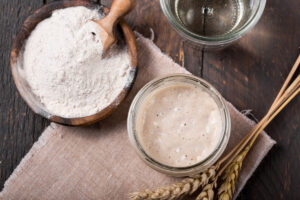
Sourdough Method
In a large bowl, mix together 350g of water with your active sourdough starter. Stir the mix vigorously to encourage air bubbles.
To the watery mix, add the flour and salt. There’s no better taste if using a grain mill to mill fresh flour. In-house, we mill around 1.75 pints (0.99 l) of grain in a Mockmill to produce 500g of flour and also grind sea salt through it. Be careful about the temperature of your flour though if milling fresh. It pays to leave the flour to cool for a while.
Continue mixing for 2 minutes and then set aside at room temperature for a total of 30 minutes.
By this time the gluten will have developed, and it’s now time to add the remaining water. Gradually adding water in this way is known as Bassinage. Bassinage helps to hydrate your dough and assist with a truly open baked crumb! Submerge your hands in some lukewarm water. This will help minimise sticking. With your fingers spread wide apart, now poke into the dough and twist as if your fingers were mixing hooks. Repeat this for around a minute.
Cover the dough with a damp towel and leave at room temperature for another 30 minutes.
Carefully place the dough mix into a greased 900g 2lb loaf tin and cover with a shower cap or wax cloth. Move the tin and contents to a clean microwave and leave to prove for 12 hours.
It’s quite important to bake at the right point. Yeast or sourdough reacts with the oven heat for a final spring. If the dough has proved for too long, the yeast might be too spent for a final spring. Too little time, and the yeast may not have had time to react. 12 hours at room temperature should be suitable for this. Temperature can affect the proofing time and a thermometer is useful to keep track.
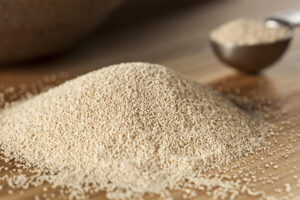
Yeast Method
If you’d prefer to use yeast to rise a tin loaf, use these guidelines.
Place the flour into a bowl and add together the salt, oil and yeast (7g dried or 14g wet). If milling your own flour, allow the flour to cool before combining the yeast with it.
Make a well in the middle of the flour and fill with the water. Use one hand to stir and gradually mix in the flour and water.
Once the mixture has loosely combined, place the dough onto a worktop and begin to knead the dough. Continue to knead for 10 minutes, stretching the dough each time and allowing the gluten to develop.
Shape into a loose ball and place into a dusted bowl. Cover with a damp tea towel and then leave to rest for 50 minutes.
Oil up your bread tin and retrieve your dough from the bowl. Be careful when removing the dough. A dough scraper is ideal for this.
The dough should have now doubled in size. Gently flatten the dough with your knuckles, roll up, turn over and then tuck in the edge. Add to the tin, and leave to rest and prove in the microwave for 10 minutes.
If you would like to add seeds to your loaf, apply a mist coat of water to the top and sprinkle over seeds of your choice prior to proofing.
10 minutes later, place the bread tin and contents into a pre-heated oven (220°) and bake for 30 minutes.
Finally, take care to remove the loaf from the tin and place on a cooling rack.
Tips
When placing bread dough into a pre-heated oven, the skin can quickly harden. This hardening can restrict expansion of the loaf as it rises. To mitigate this, professional bakers will spray water mist into the oven in order to keep the loaf skin moist and aid dough expansion. Domestic bakers can recreate this process by adding a tray to the bottom of the oven together with a few ice cubes.
Buy a tin loaf bread kit here.
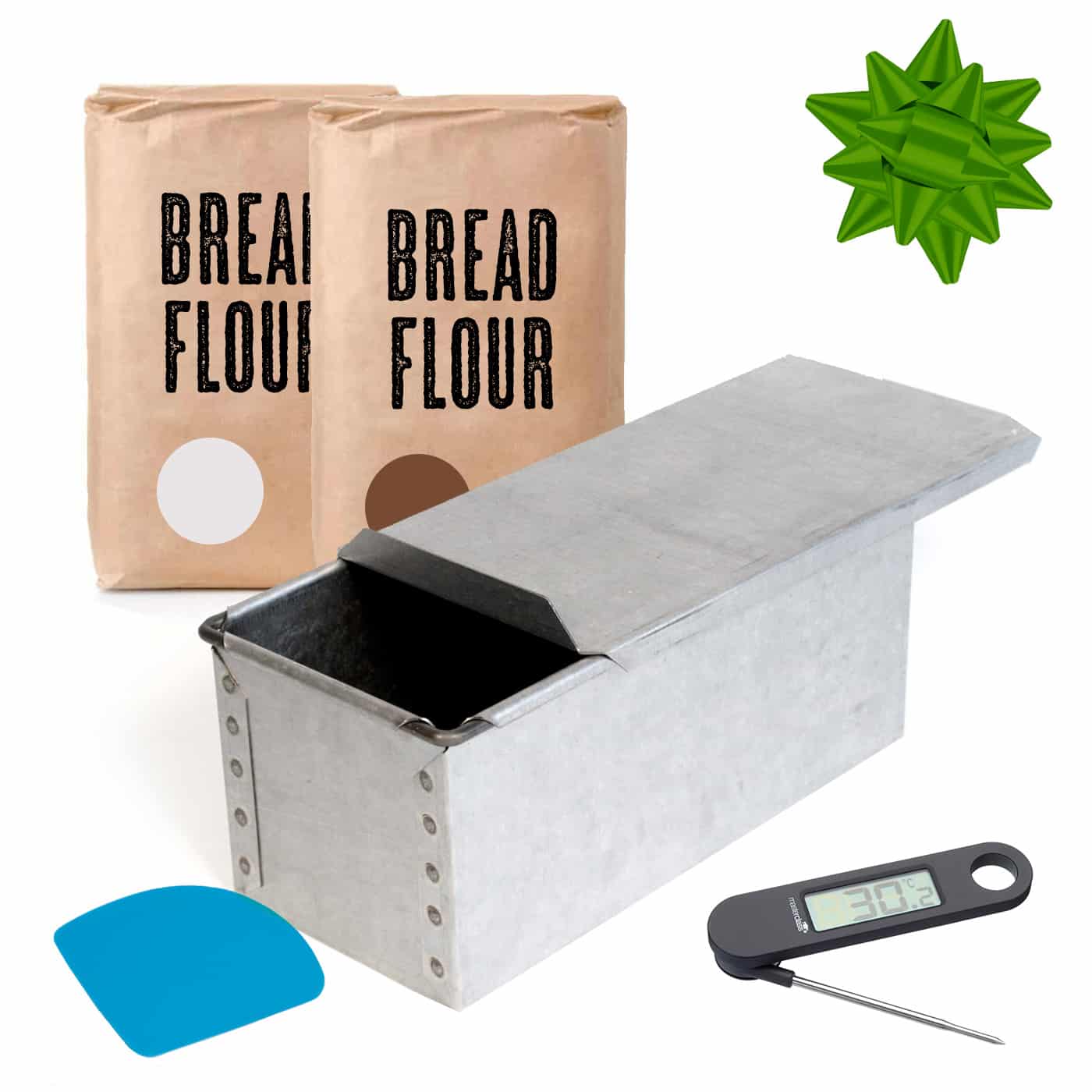


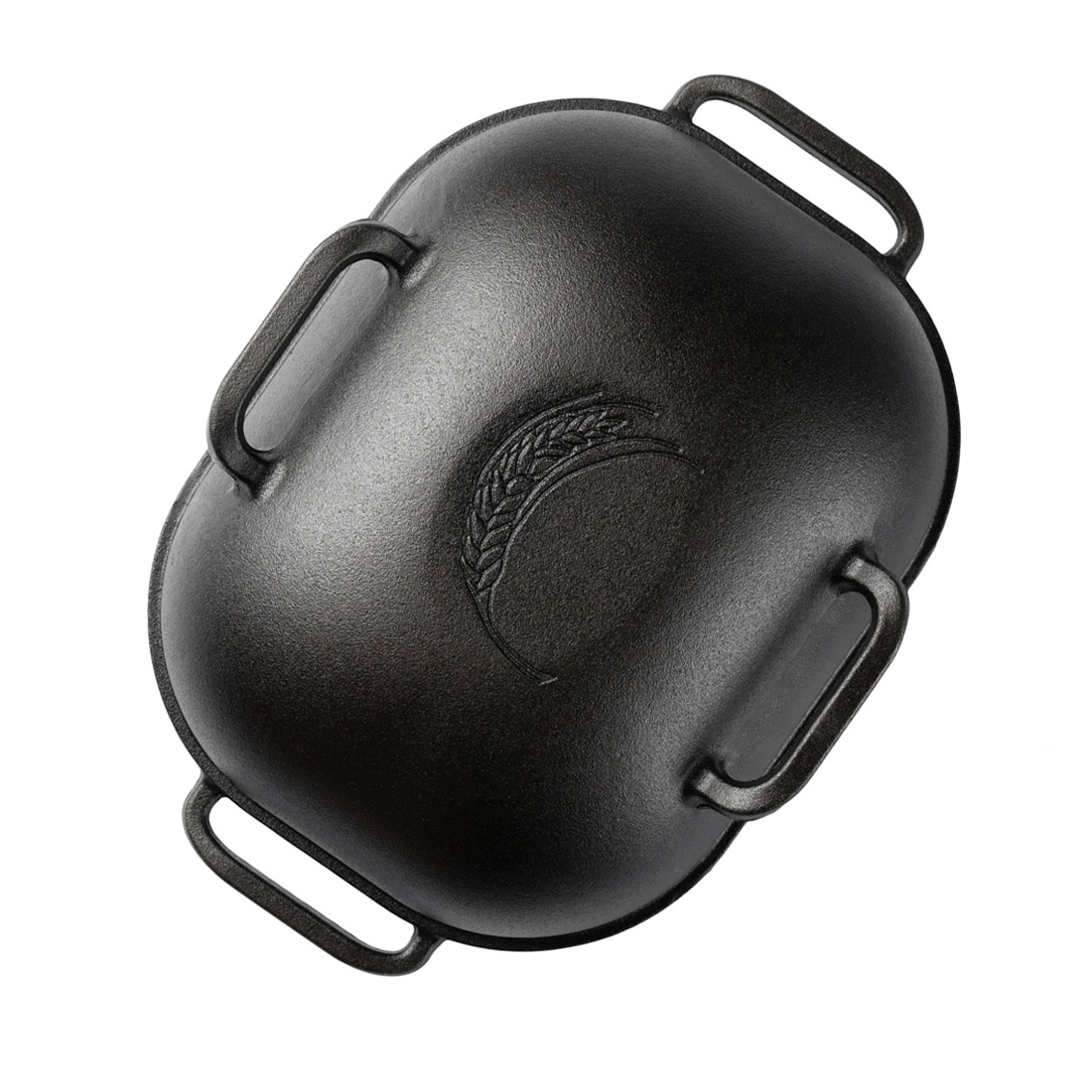 Challenger Bread Pan
Challenger Bread Pan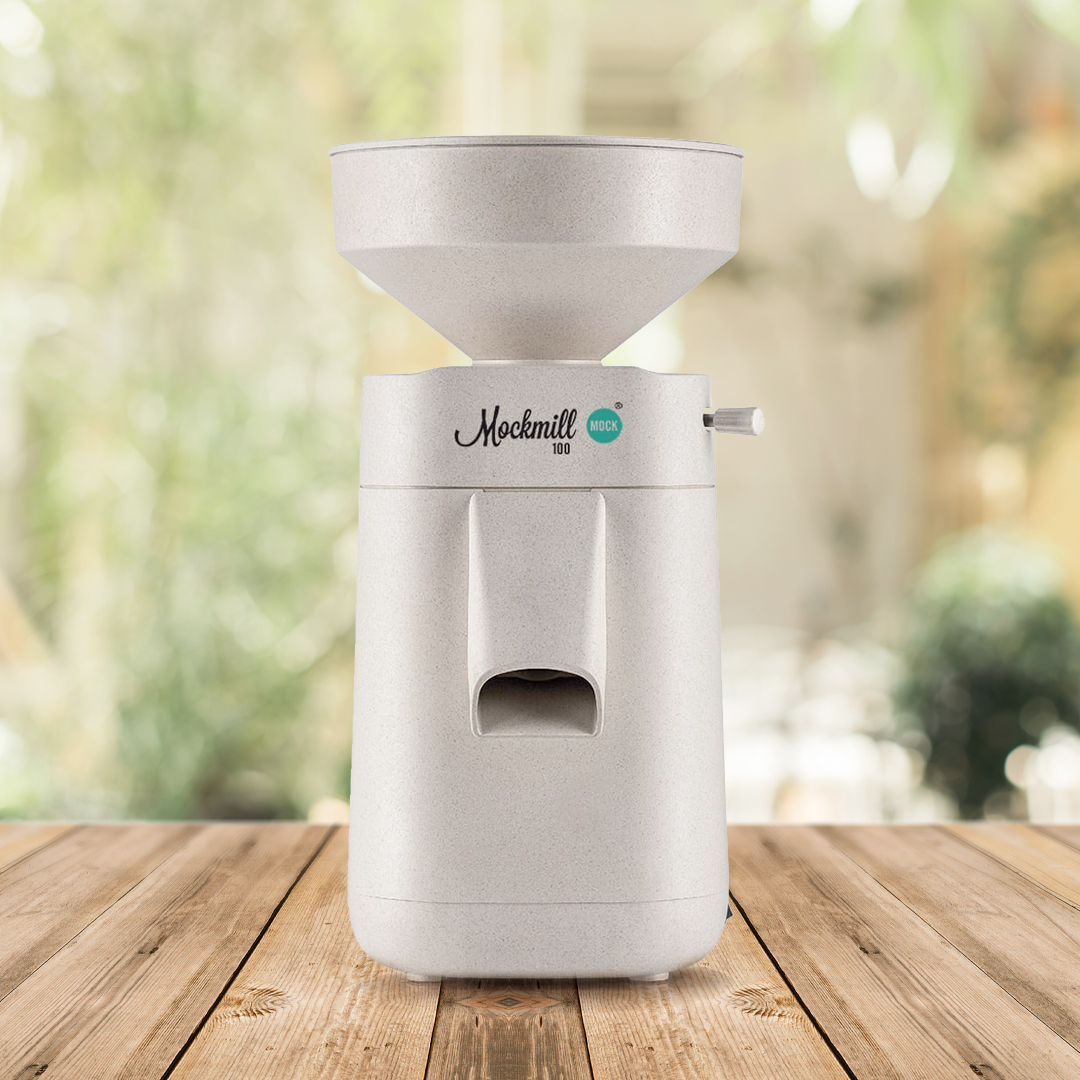 Mockmill 100 Grain Mill
Mockmill 100 Grain Mill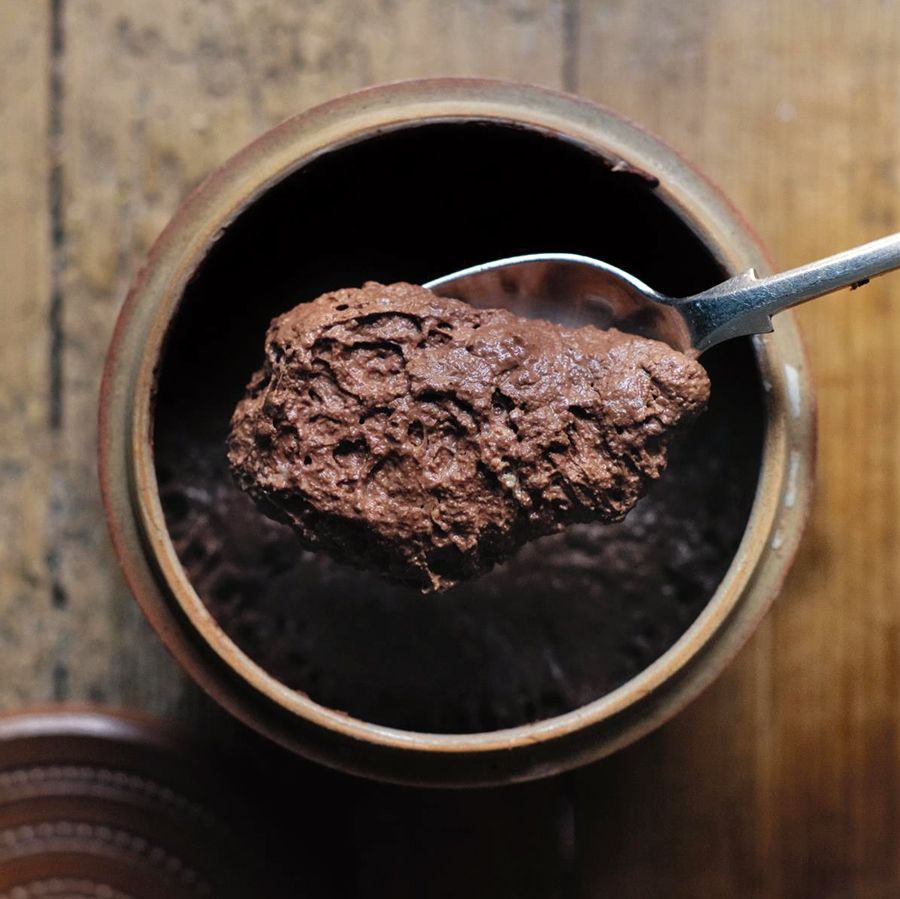 Chocolate Sourdough Starter Kit
Chocolate Sourdough Starter Kit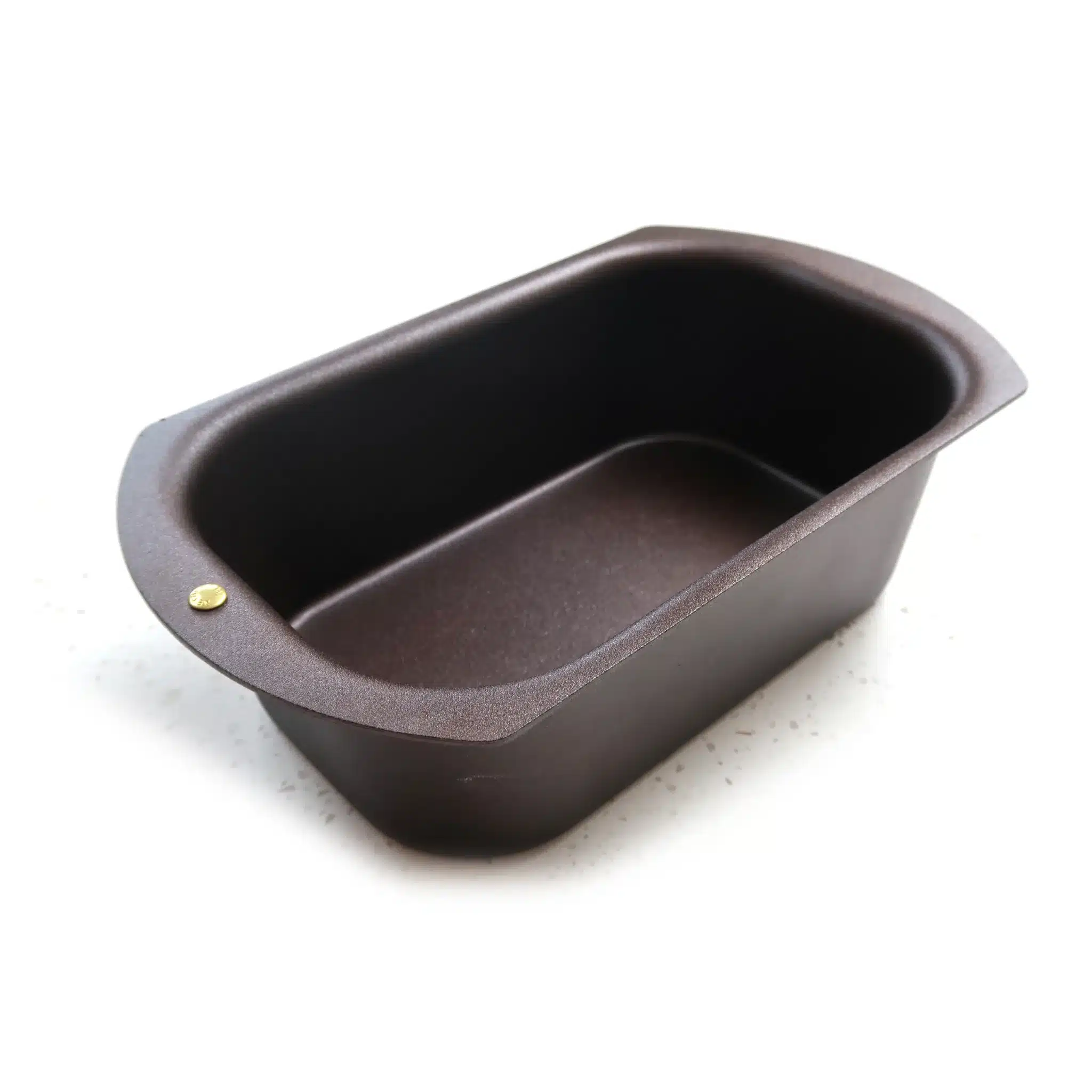 Netherton Foundry Iron Bread Tin
Netherton Foundry Iron Bread Tin
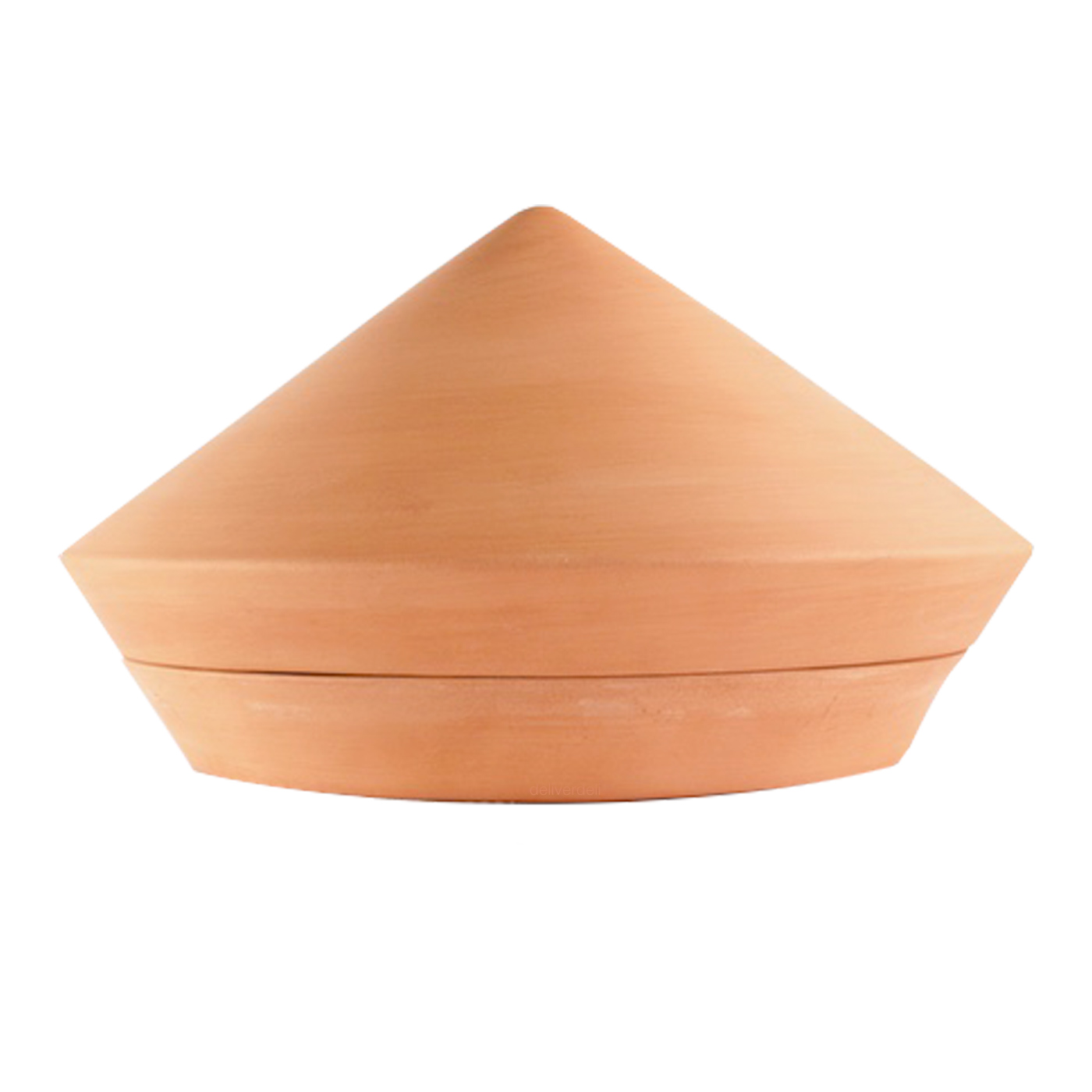 The Spring Oven Bread Pan
The Spring Oven Bread Pan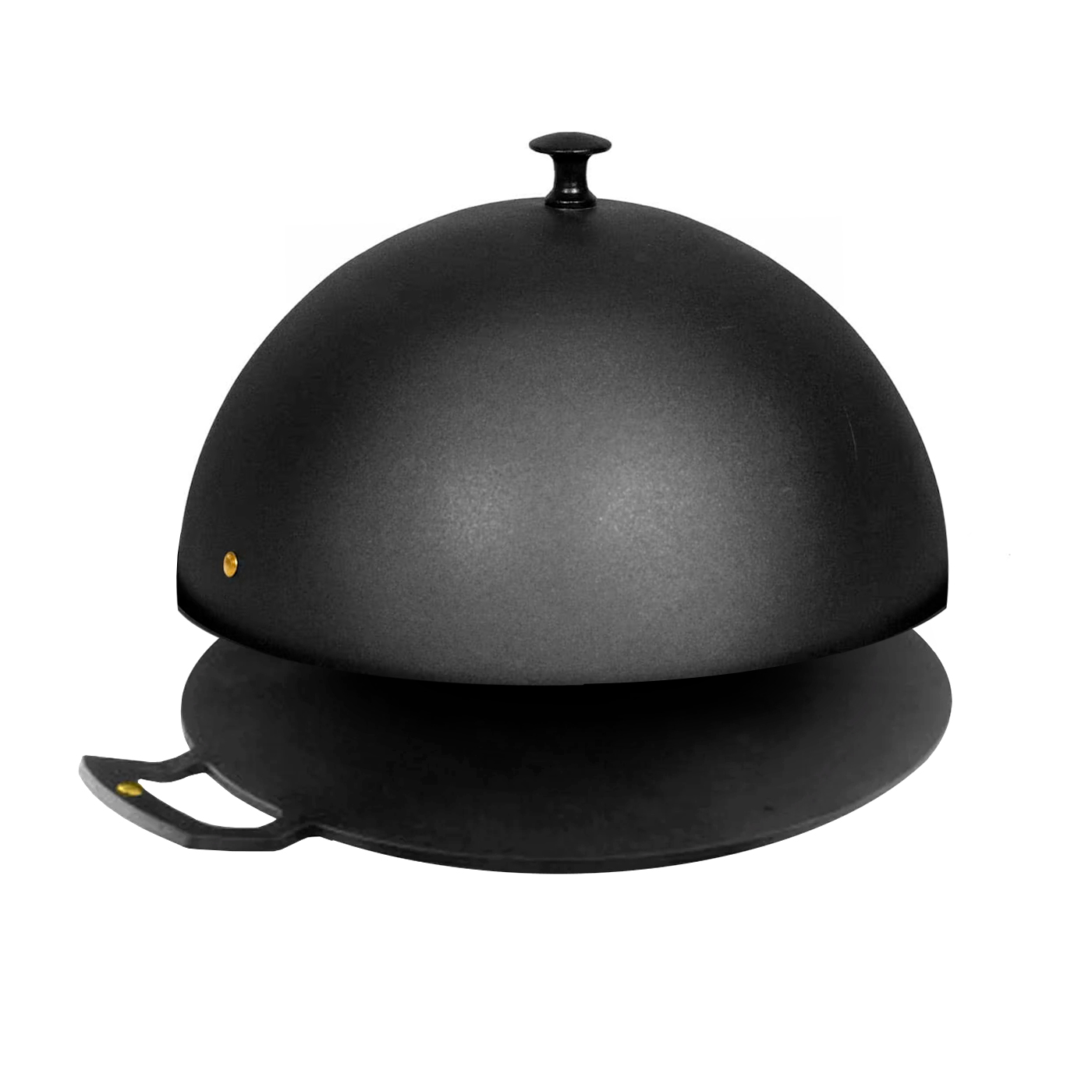 Netherton Foundry Bread Pan
Netherton Foundry Bread Pan
Leave a Reply